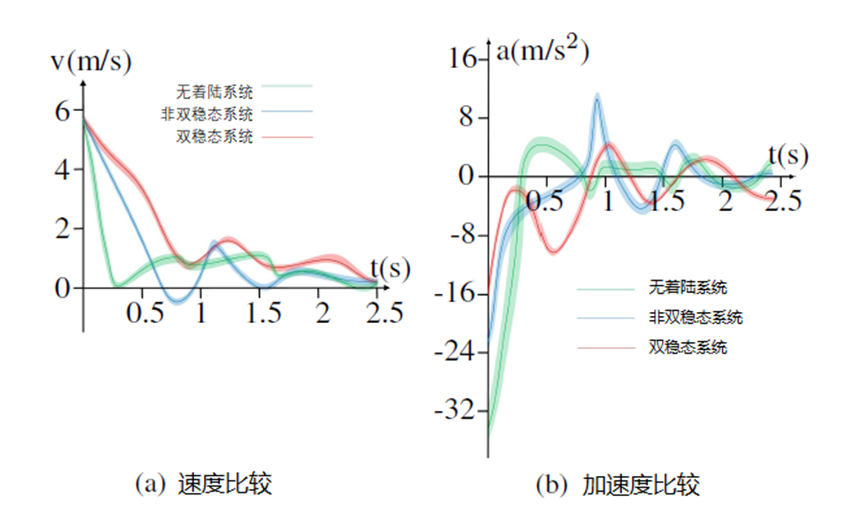Recently, a research paper titled “Evolution of UAV landing structures in the bistable space of Kresling origami structures” was published in the IEEE Robotics and Automation Letters, focusing on UAV landing systems.

IEEE Xplore
A reliable landing system assists unmanned aerial vehicles (UAVs) in performing complex tasks and provides protection for expensive onboard equipment. Most existing UAV landing systems are limited to specific scenarios and have limited adaptability to other environments.
Inspired by origami structures, the research team designed an algorithmic model for a UAV landing system based on bistable Kresling origami structures.
The research team validated the performance of this new landing structure using a motion capture system to record the structure’s pose data. The team’s system can automatically generate the structure required for UAV landings through a constraint generation process, adapting to various complex terrains.
Indoor and outdoor experiments with physical models demonstrated that this new structure significantly increases shock absorption during UAV landings, improving safety.
Outdoor experiment
Origami structure
Origami is an ancient art form. Many researchers have studied the bistable characteristics of origami and applied them widely in areas such as robotics, medicine, and architecture.
The research team used graph grammar rules and binary rules based on the bistable space of Kresling tubes with four folds for rigid components to simplify the spatial graph representation of origami structures. They established a new spatial search framework using a graph-inspired heuristic search algorithm.

Graphical information of origami structure
Comparative experiments
The research team designed and manufactured physical models based on simulated structures. They used the NOKOV optical motion capture system as an analytical tool to conduct dynamic analysis of the physical models. Performance tests of the landing system were carried out indoors and in various outdoor environments.
Three different UAV landing system models were selected for comparative experiments: the first was a traditional UAV without a separate landing system, the second had an added landing system without bistable structure design, and the third had the landing system designed by the research team using bistable structures.
1. Indoor Experiments:
In indoor experiments, the three landing structures underwent indoor performance verification tests 20 times. The following graph illustrates the changes in velocity and acceleration of the three landing systems within 2.5 seconds of ground contact during indoor experiments.

Comparison of velocity and acceleration of different landing structures
The bistable landing structure converts concentrated impact forces into smaller, distributed impact forces. This design relies on the deformation of the origami structure to convert the downward impact force into energy stored in the springs, thereby enhancing the protection of the UAV during the landing process.

Comparison of parameters of different landing structures
2. Outdoor experiments:
To further validate the comprehensive performance of the bistable landing structure, the research team conducted experiments in outdoor environments on flat ground, grassy terrain, and uneven terrain with a grade of 15 degrees. The bistable landing structure outperformed the other two structures in all terrains. It can adapt to the terrain conditions at the time of UAV landing and select the most suitable structural configuration for a smoother landing and improved shock absorption.
Bibliography: